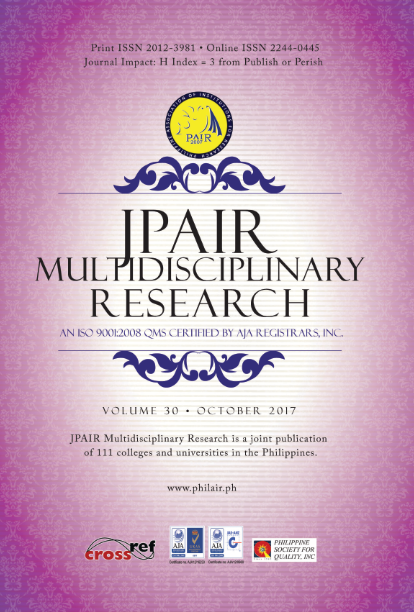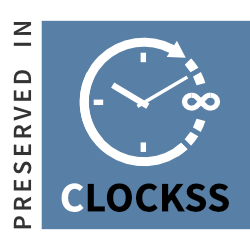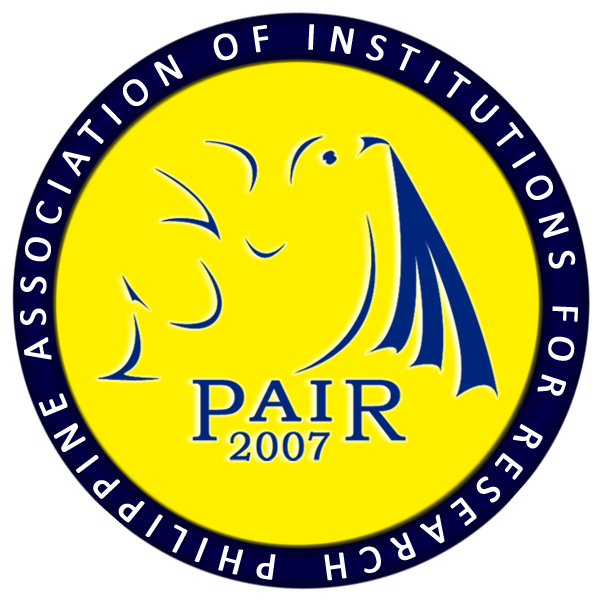Responses to Perioperative Challenges of Student Nurses in University
DOI:
https://doi.org/10.7719/jpair.v30i1.552Keywords:
Surgical nursing, perioperative challenges, student nurses, operating room, Descriptive, PhilippinesAbstract
Nursing is primarily a practical discipline. Thus, clinical learning experience is an integral part in the nursing curriculum. The perioperative setting is challenging, particularly for student nurses with limited exposure to this area. These difficulties cannot be taken for granted because the Operating Room has a profound effect on those who enter it. As personally experienced by the researcher and as observed by nursing curriculum graduates, perioperative exposure entails a different level of stress to student nurses which serve as a challenge and thus the display of varied responses to it. As a clinical instructor always assigned in the Operating Room to supervise student nurses, it is vital to identify the responses to perioperative demands encountered by students. This study aimed to determine the responses of level III student nurses to perioperative challenges. This study utilized the descriptive method using a researcher-made questionnaire with follow-up interviews. The findings revealed that level III student nurses experience physiologic and emotional-behavioral responses to perioperative demands. A weak relationship between the respondents' profile and their responses was also found out. The researcher recommends implementing the proposed action plan and conducting an investigation to confirm or reject weak relationships between the respondents' profile and responses to perioperative challenges.
Downloads
References
Alligood, M. R. (2013). Introduction to nursing theory: its history, significance, and analysis. Nursing theorists and their work-e-Book, 1.
Downloads
Published
Issue
Section
License
Copyright (c) 2017 Faith A. Cuervo, Maria Estela Cabatana, Piluchi Victorina Villegas

This work is licensed under a Creative Commons Attribution-NonCommercial 4.0 International License.
Open Access. This article published by JPAIR Multidisciplinary Research is licensed under a Creative Commons Attribution-Noncommercial 4.0 International (CC BY-NC 4.0). You are free to share (copy and redistribute the material in any medium or format) and adapt (remix, transform, and build upon the material). Under the following terms, you must give appropriate credit, provide a link to the license, and indicate if changes were made. You may do so in any reasonable manner, but not in any way that suggests the licensor endorses you or your use. You may not use the material for commercial purposes.




















